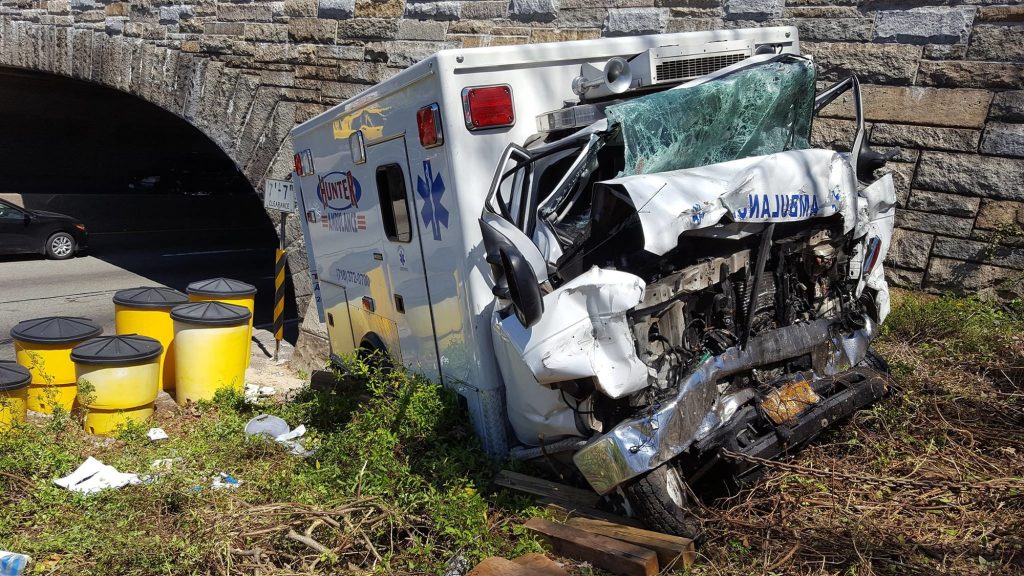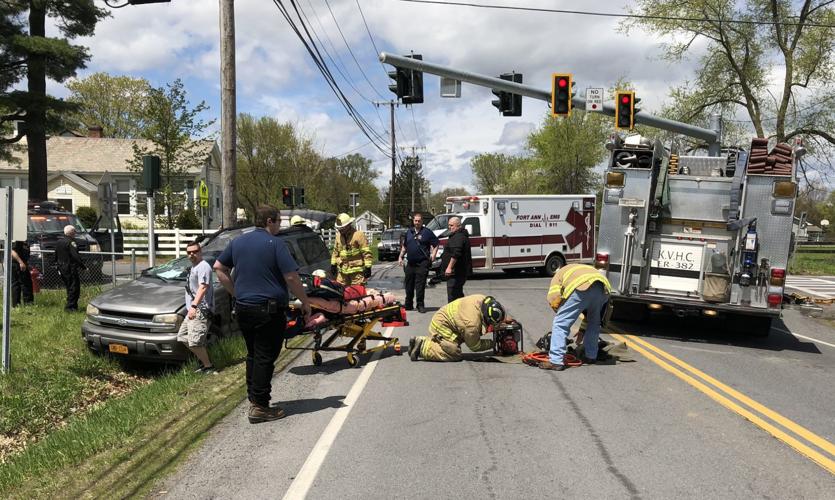The Dangers Of Ambulance Driving
Published .

Risk benefit of emergency response
The question of risk benefit can be summed up in a simple expression, ‘is the juice worth the squeeze?‘ Very often, ambulance services decrease ambulance response times by mandating the ambulances respond in emergency mode. These asinine and potentially lethal mandates result in ambulance crews risking their life to make their way to a calls where it barely would have mattered if they made it to the scene at all, much less worrying if the ambulance makes it to the scene in 10 minutes or less. Do you think the medic (now deceased) who was driving this ambulance would think that their death was worth a speedy ride to the hospital? Remember, the law mandates that medics operate their ambulances with due regard for safety, not due regard for response times.
High risk situations abound

Intersections are the sworn enemy of of ambulances. Nearly all ambulance accidents occur at intersections (and believe it or not, between the hours of 1 PM and 3 PM). Safe transit through an intersections requires 2 sets of eyes. Unpaved roads often lack signage that paved roads have. It is not uncommon to find a vehicle landing in someone’s driveway after they accidently drove through a 3 way intersection. The most dangerous intersection of all are highway intersections. Despite being marked, state highways usually have the most lethal accidents of all. The combination of high speed and drivers turning or merging onto the highway often result in deadly accidents.
The most deadly ingredient of all is speed. The faster the ambulance is driven, the less likely the driver will be able to react effectively to an unexpected situation (like another vehicle stopping in front of the ambulance). Ambulances are heavy, as such they will have a much longer stopping distance. Ambulances by comparison are usually larger than other vehicles on the road, as such they impact other vehicles with incredible violent force.
Ambulances are filled with distractions
Ambulances are equipped with mobile radios, mobile data terminals, and GPS. All of which require some level of attention from the ambulance crew at various stages of an ambulance call. To add to the distraction, the ambulance crew might be listening to a public radio station and trying to eat a meal while making their way across town with the lights and sirens running. To make matters worse, the weather may lousy providing limited visibility from rain (and sometimes snow). With all of these distractions, how is the ambulance crew supposed to navigate their way across town, encountering aggressive drivers who think they are in a race with the ambulance?
The greatest distraction of all is fatigue. Fatigue is a constant feeling of tiredness that doesn’t seem to go away even after a good night’s rest. Fatigue is often the result of many long (24 hour long) shifts where there was no time to sleep, only more calls to run. Some EMS vehicles respond to calls with only a single rescuer. Imagine the toll that fatigue would have if the medics were responding alone to calls and having the same number of distractions.
